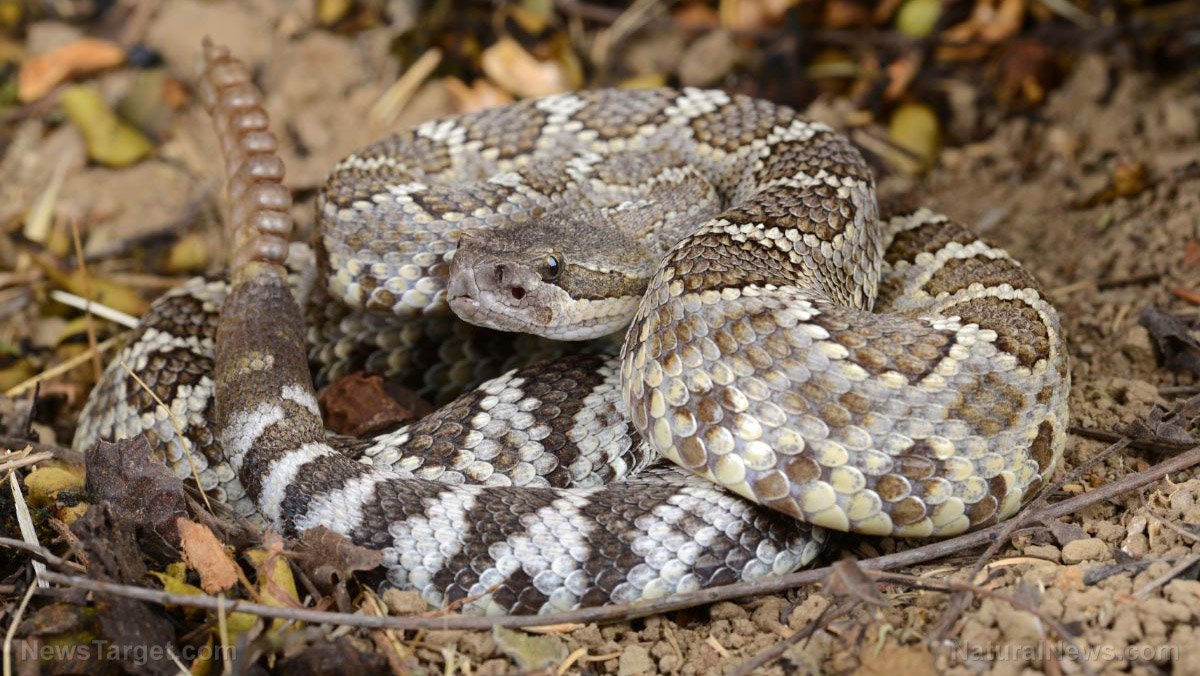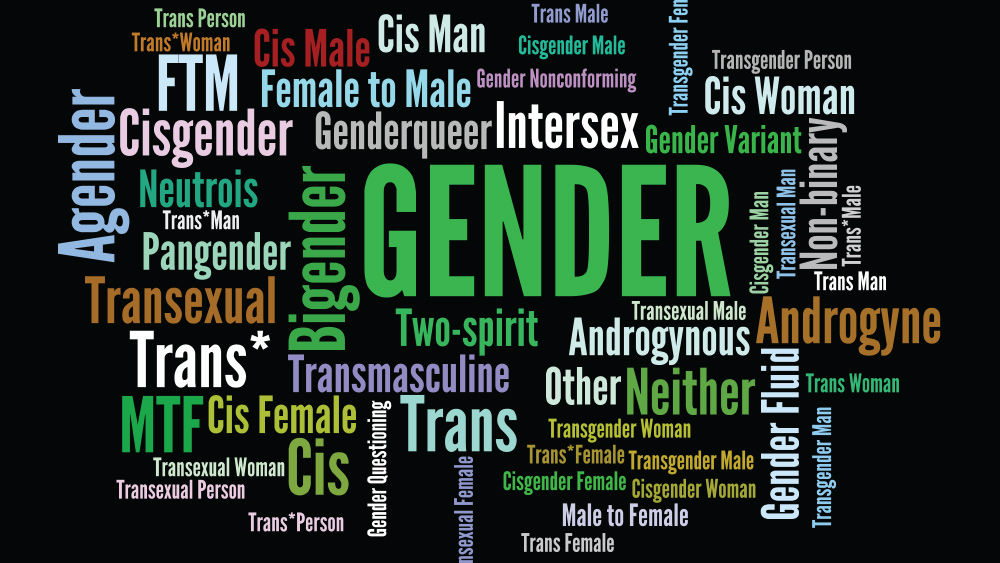Geological records show correlation between falling CO2 levels and mass extinction events
03/18/2024 / By Lance D Johnson

The geological time scale (GTS) contains certain eras where CO2 levels were historically high due to thriving plant life, and also contains periods where CO2 levels were catastrophically low, which correlate with mass extinction events and the inability of certain species to adapt. The climate and botanical history during these eras and the volcanic and seismic events that occurred over these periods indicate the all-important influence of atmospheric CO2 levels over life on Earth. This history of the CO2 cycle and its natural sequestration has implications for the survival of entire species.
Today, globalists seek to interfere with CO2 levels using large scale geoengineering experiments. These globalists hope to achieve a “Net Zero” future by sequestering carbon into the ground and reducing this essential compound to zero. Certain eras in the GTS show that this is a path toward devastation and the destruction of multiple species over time.
Geological time scale shows cascade of extinctions following CO2 drops
The geological time scale (GTS) is a historic time scale based on the Earth’s rock record. It classifies eras throughout the Earth’s history spanning hundreds of millions of years. The GTS is a chronological dating system that relies on chronostratigraphic (the study of how strata relate to time) as well as geochronological (a scientific field of study that focuses on determining the age of rock). It’s primarily used by earth scientists (e.g., geologist, paleontologist, geophysicist, geochemist, etc.) to explain the timing and relationship of events in geological history. The geological time scale has evolved over time by studying rock layers and their relationships, as well as identifying features like lithologies and paleomagnetic characteristics, as well as fossils.
During the Devonian Period, (around 400 million years ago) CO2 levels were over 2000 ppm. Compared to today’s records, CO2 concentrations were five times greater at this point in the geological time scale. Because of this abundance in CO2, plants rapidly spread across the land and rapidly diversified. Paleontologists refer to this time as the Devonian Explosion. As plant life multiplied, marine species also flourished, giving the Devonian period the nickname, the Age of Fishes. By the end of this era, the boom of photosynthesizing plants had reduced CO2 concentrations drastically, giving rise to a new era rich with atmospheric oxygen. Back then, atmospheric oxygen levels reached 35%, compared to today’s level of 21%. Amphibians that breathed oxygen through their skin were better adapted to this climate. Giant arthropods thrived during this time.


The following geological period is known as the Carboniferous. During this era, forests abounded with wetlands and Lycopod trees. The slow decomposition of these trees sequestered CO2 in the ground and created today’s coal deposits. The sequestration of carbon during this period drove atmospheric CO2 levels to 150 ppm, starving plant life across the lands. As CO2 levels fell around 305 million years ago, there was a “Carboniferous Rain Forest Collapse” and a mass die off of ocean algae known as the “Phytoplankton Blackout.” The ensuing period saw a serious collapse of plant and animal populations that disrupted the food web and threatened the adaptability of various species. Over the next period, scientists documented a series of drawn-out extinctions known as the “Dead Clades Walking.”
By the early Permian period (around 295 million years ago) the forest species and phytoplankton went through a mass die off, driving atmospheric oxygen levels down. The giant arthropods and primitive amphibians were no longer able to thrive, leading to their extinction. High altitude ecosystems, which depend on higher overall oxygen levels, became uninhabitable.
Consequentially, there were plant extinction rates greater than 60% and the extinction of Diadactes and Edaphosaurus, which were a plant-eating, reptile-like species. As the extinction events continued, Dimetrodon predator populations collapsed and up to 80% of all vertebrate genera died off. When phytoplankton populations died off, another 35-45% of marine invertebrate species went extinct. The “Dead Clades Walking” phenomenon really began with CO2 starvation and the collapse of the rain forest, phytoplankton and the Permian Period’s cascade of extinction events that saw 81% of remaining marine species and 70% of terrestrial vertebrate species go extinct. Historical CO2 records and corresponding mass extinctions help us realize that all efforts to reduce CO2 levels today are diabolical, with the intent to mar, destabilize and depopulate the planet.
Sources include:
Submit a correction >>
Tagged Under:
carbon sequestration, climate change agenda, climate science, Dangerous, depopulation, Ecology, environment, extinction level events, geological time scale, Globalism, green living, Green New Deal, green tyranny, historical records, Net Zero, Phytoplankton Blackout, Plants, prehistory, real history, real investigations, research, truth
This article may contain statements that reflect the opinion of the author





















